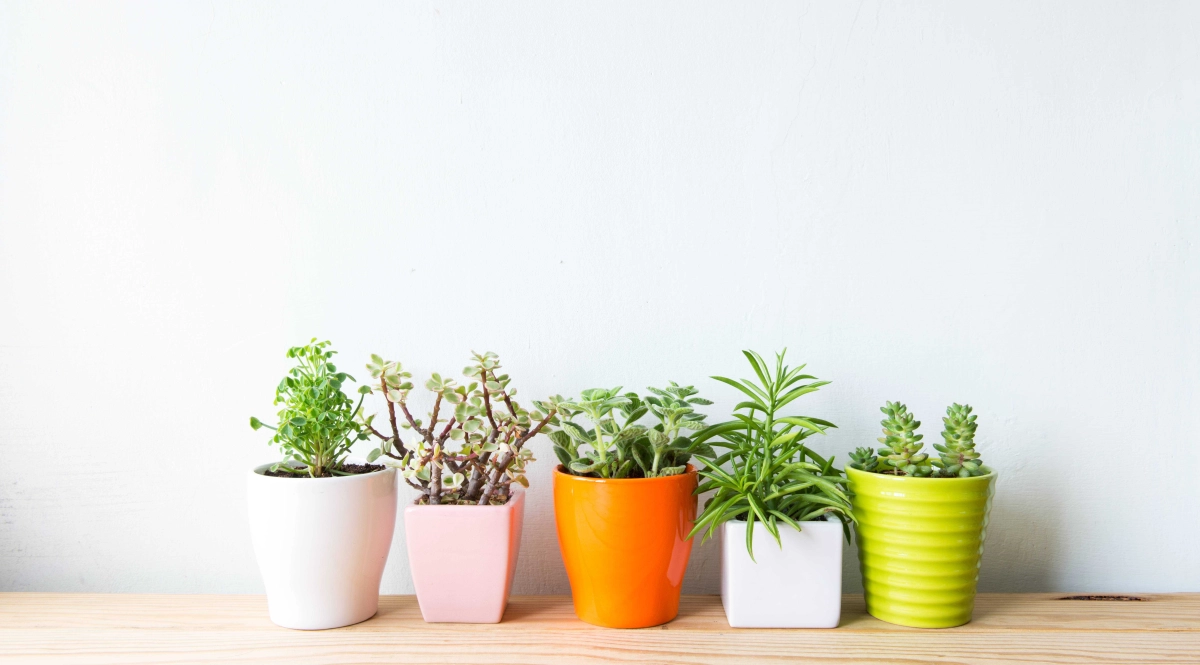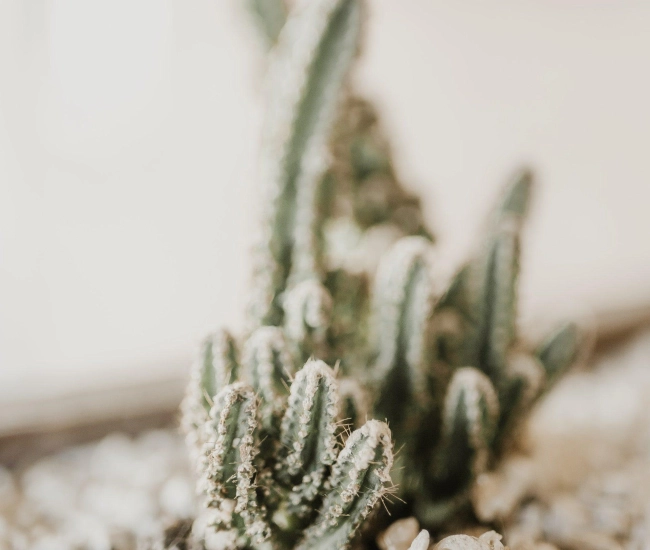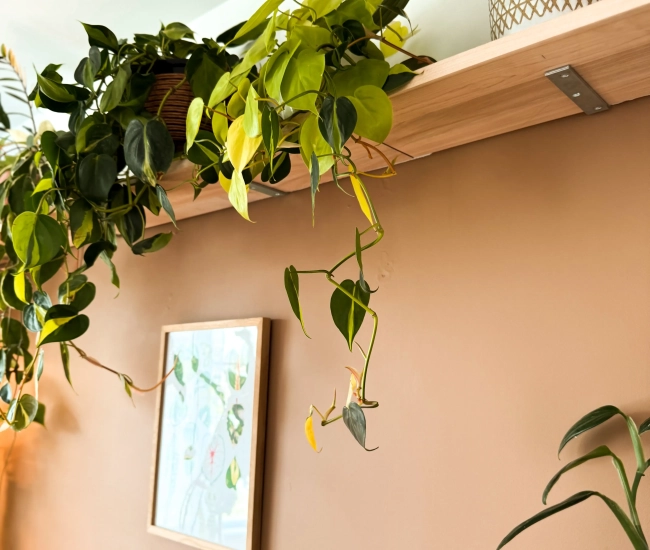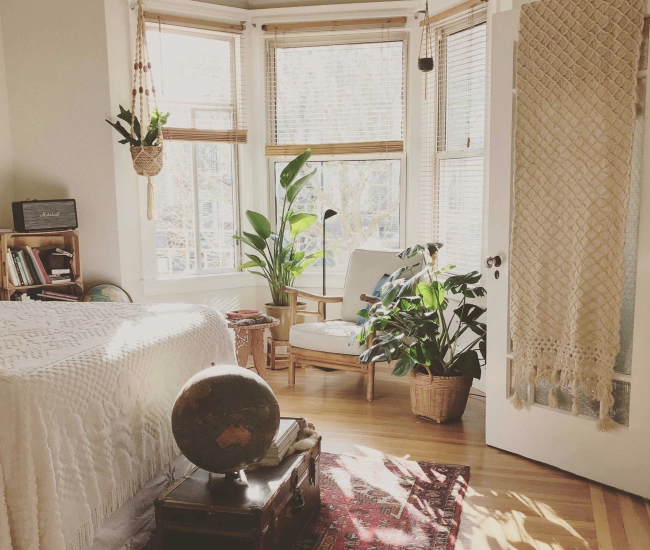
Many plants can be grown in containers. However, these must be chosen carefully. The pot, in addition to affecting the aesthetic value of your plant, influences its cultivation.
The size of the container is very important. A small pot prevents the plant from developing well. If the container is too large, the roots head towards the walls of the pot, which seems to slow down the plant's growth. The roots can also suffocate in the center of the root ball. Several plants, like the garden geranium (Pelargonium), produce leaves at the expense of flowers in an overly large pot.
Get better growing results by repotting the plant as it grows, if repotting is necessary. For indoor plants, spring is a good time to repot them, as their growth generally resumes during this period.
Does my plant need to be transplanted?
Here are some clues that can guide you to know if a plant needs to be transplanted into a pot with a larger diameter:
- the plant wilts too often or too quickly between waterings, a sign that its roots are cramped
- the plant becomes spindly
- roots are abundantly coming out of the pot
- the pot is broken.
Tips for choosing the right pots
Cultural and aesthetic notions can guide you in buying a container for your indoor or outdoor plants; here are our tips based on these different criteria.
In general
Always choose your pots based on the growing needs of the plants you want to plant in them and check that there are drainage holes under the container.
The material
The different materials used in the manufacture of containers all have advantages and disadvantages.
In terracotta, the soil dries three times faster than in a plastic pot. This means that plants that grow in dry soil, such as cacti and succulents, are very well suited. Moreover, excess water easily evaporates through the porous walls, facilitating root aeration. This is why these containers are often a good solution for "over-waterers," that is, people who water too much. Oxygen easily transmits to the roots through the walls and facilitates the aeration of the growing medium. Since plants grown in this type of pot require more frequent watering, the growing medium is leached, necessitating increased fertilization. Finally, due to their weight, these containers offer good stability.
Plastic is perfect for a plant that likes a humid environment. Pots made from this material are lightweight and store well. As these pots retain water, you must be careful with your watering if the plant requires dry or slightly moist soil. Nowadays, plastic pots imitate the more aesthetic terracotta and stoneware pots well. Finally, their color and consistency can degrade in light.
Ceramic is a material that offers a good palette of colors. Since these containers do not absorb water, you must be careful with watering. A soil that facilitates drainage can partially remedy the situation.
Wood presents a natural aspect that harmonizes well with its environment. The roots of plants enjoy good insulation against heat in this type of container. You must use wood that resists weather well, as some types degrade quickly due to watering.
With metal, be careful: the sun strongly heats this material, which can cause the plant to overheat. You can shelter the container from the sun by placing it behind a larger container.
The color
Opt for a container of a light color for outdoor cultivation, as these heat up less quickly and less intensely than if they were dark. If the temperature of the soil where the roots are located is high, plants generally do not tolerate it well. Some tolerate temperature fluctuations caused by the warming or cooling of the container less well.
The shape
Choose the shape of the container carefully to buy the one that best suits your needs. Also, if you anticipate that a plant will need repotting, choose a pot that allows for this task to be carried out easily. For example, a container with tapered walls is not suitable for this operation.
A wide and less deep pot is ideal for growing plants with a shallow root system. However, be careful: when the pot is shallow, moisture collects at the bottom. A square pot contains about 25% more soil than a round pot. The shape of the container can also be chosen based on the available space.
The size
Find a container well-proportioned to the size of the plant and the volume of the foliage. For example, a small plant in a large pot looks unbalanced. Balance is much more appealing to highlight your plant or arrangement.
For a newly purchased indoor plant, opt for a container slightly larger than the original pot. A diameter greater than 2 cm (1 inch) is sufficient for small plants. For large plants, a diameter of 10 cm (4 inches) is more suitable.
Remember that plants generally prefer to feel snug in a pot rather than being placed in an overly large container. In a too-large pot, the roots seek reference points to grow.
Aesthetics
Buy a pot that is aesthetically pleasing to highlight the plant(s) cultivated while harmonizing with your environment.
Note that a cachepot is not a pot but rather an element to make a container more aesthetically pleasing. You must always be cautious, as cachepots usually do not have drainage holes. It is very difficult to grow a plant in a container without drainage holes, given the difficulty of watering sparingly. It is then better to drill holes to ensure the evacuation of excess waterings.
Tips for using your pots
Here are some tips for using your containers:
- If they are new or too dry, soak terracotta pots in water for about ½ hour before planting. This way, they absorb water to prevent the plant from drying too quickly after the first watering.
- Place saucers under the containers to receive the excess rain or watering.
- Monitor the excess water in the saucers to prevent root rot. Plants generally do not tolerate having "wet feet" for too long.
- Wash reused containers with a brush. In a solution of water and bleach: one tablespoon of bleach per liter of water, or simply in soapy water.
Tips and advice



